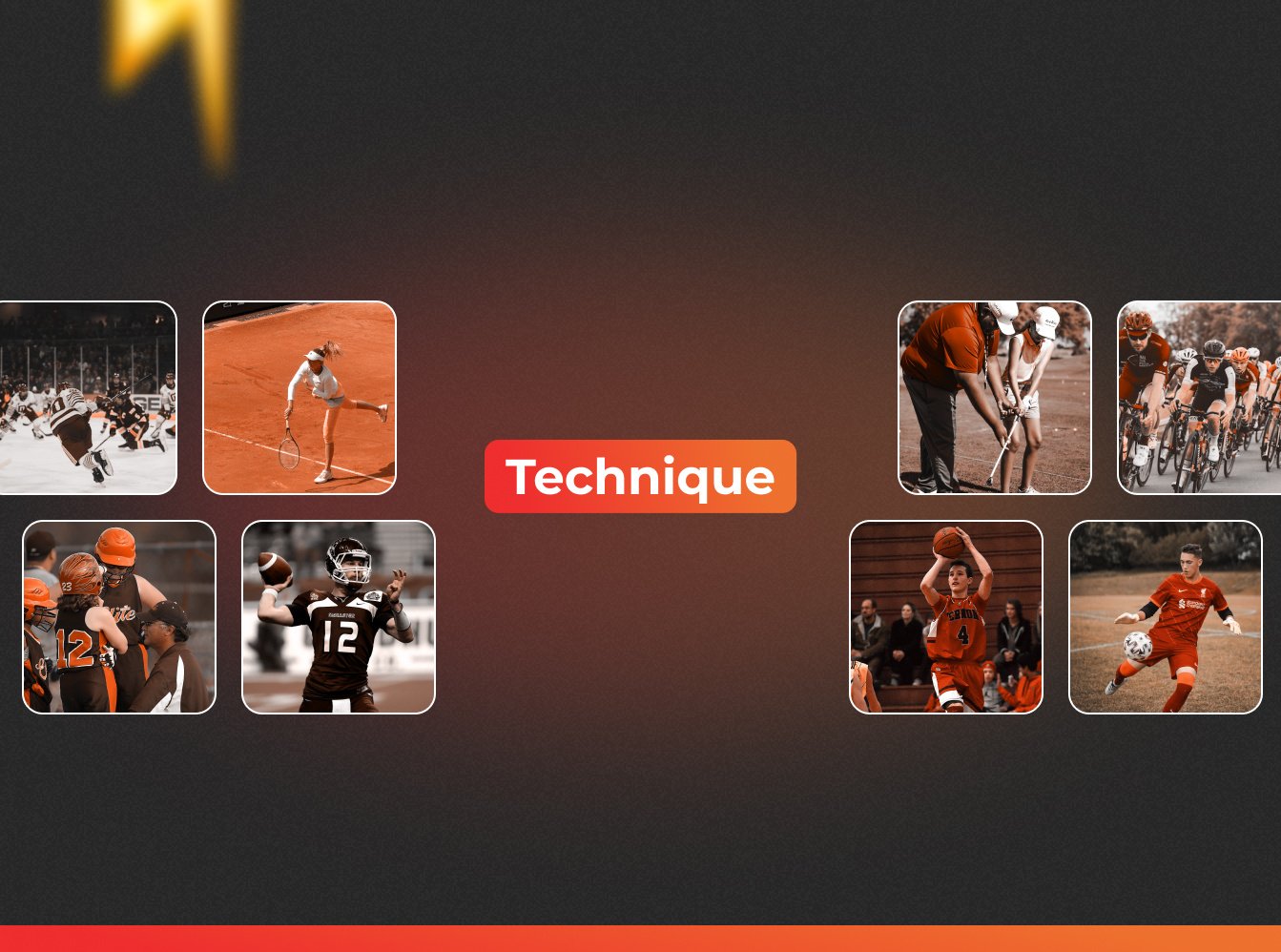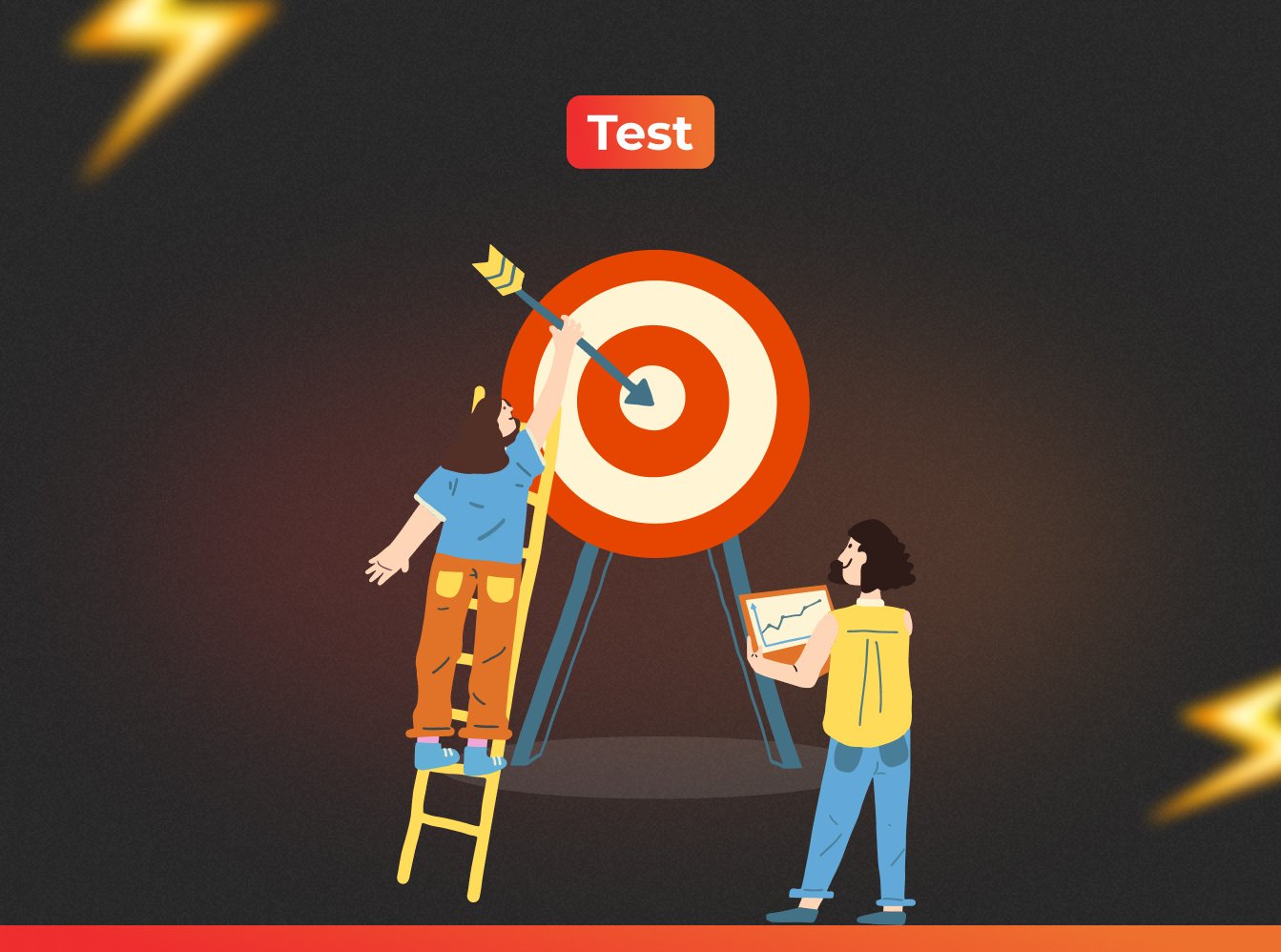I recently had a great conversation with my friend, Martin Chuck, Tour Striker Golf Academy Founder, where he shared his thoughts on digital coaching and how to scale a coaching business. ( Listen here).
We also discussed the most important things golfers should be doing to continue improving on their own, where he dove into the topic of the “Three T’s.”
Check out the full clip from the interview.
We also discussed the most important things golfers should be doing to continue improving on their own, where he dove into the topic of the “Three T’s.”
Check out the full clip from the interview.
Summary:
In the golf school, Martin emphasizes a concept he calls the “Three T's”: The Technique component, a Trickery component, and a Test component.
In the golf school, Martin emphasizes a concept he calls the “Three T's”: The Technique component, a Trickery component, and a Test component.

For the technique component, he encourages his students to not worry about the outcome - worry about what you're working on.
Some examples of focusing on technique are:
When you watch Tiger or any pro, you might notice that they set up certain sticks, have specific avoidance drills, or use a smart ball in their arms - these are all very specific and timed.
The key to technique is that it's got to have an end. You might struggle for 10 minutes, but once you’ve practiced the technique, you’re done.
Some examples of focusing on technique are:
- Setting your device for 10 minutes and timing yourself
- Practicing a particular drill you struggle with
- Training in slow mo to notice nuance and changes
When you watch Tiger or any pro, you might notice that they set up certain sticks, have specific avoidance drills, or use a smart ball in their arms - these are all very specific and timed.
The key to technique is that it's got to have an end. You might struggle for 10 minutes, but once you’ve practiced the technique, you’re done.

The next component to the 3 T’s is Trickery aka being playful.
What does this look like for you?
Grab a 7 iron and then ask yourself: How low can you hit that 7 iron? How high can you hit it? Can you curve it this way? Can you curve it that way?
What little body feels and nuances do you have to get to hit it low, to hit it high, to make it curve one way or the other?
You can even integrate playfulness by putting your friend up to a challenge at practice.
What does this look like for you?
Grab a 7 iron and then ask yourself: How low can you hit that 7 iron? How high can you hit it? Can you curve it this way? Can you curve it that way?
What little body feels and nuances do you have to get to hit it low, to hit it high, to make it curve one way or the other?
You can even integrate playfulness by putting your friend up to a challenge at practice.

Finally, focus on the Test component.
Pick a reasonable skill that you want to achieve. For example, I'm not leaving until I chip in this basic chip 3 times from 2 feet off the green over 20 foot of rollout.
Go to the range with a goal and a plan.
When you decide on the drill that you’re going to test, it takes the guesswork out of training - you know exactly what you need to accomplish.
Once you’re done, applaud yourself for completing it, regardless of the outcome. This is usually easier said than done, but it’s so important to recognize how far you’ve come.
Pick a reasonable skill that you want to achieve. For example, I'm not leaving until I chip in this basic chip 3 times from 2 feet off the green over 20 foot of rollout.
Go to the range with a goal and a plan.
When you decide on the drill that you’re going to test, it takes the guesswork out of training - you know exactly what you need to accomplish.
Once you’re done, applaud yourself for completing it, regardless of the outcome. This is usually easier said than done, but it’s so important to recognize how far you’ve come.
At the foundation of the three T’s is routine.
In the technique piece, Martin tells athletes to record and time their routine to see if they can get into the rhythm of routine.
Scott Fawcett has proven this. When you watch a great player get in the zone, their routine flow between the first step and impact, whether it's Tiger Woods or Jack Nicklaus, there's a flow to their walk ins, their waggles, their looks, and the ball's gone.
I know personally from experience playing that my routine is like my totem. Like, I can be frantic as I want to be, as nervous as I want to be. But once I choose the shot, choose the right club to fly at this distance, I’m ready to go.
Can you walk in with a routine that calms you?
The next thing you know, the ball's in the air, and you're looking at it, and it's really good, it's indifferent, or it's bad. Regardless of the outcome, now you know what direction to take your training moving forward.
In the technique piece, Martin tells athletes to record and time their routine to see if they can get into the rhythm of routine.
Scott Fawcett has proven this. When you watch a great player get in the zone, their routine flow between the first step and impact, whether it's Tiger Woods or Jack Nicklaus, there's a flow to their walk ins, their waggles, their looks, and the ball's gone.
I know personally from experience playing that my routine is like my totem. Like, I can be frantic as I want to be, as nervous as I want to be. But once I choose the shot, choose the right club to fly at this distance, I’m ready to go.
Can you walk in with a routine that calms you?
The next thing you know, the ball's in the air, and you're looking at it, and it's really good, it's indifferent, or it's bad. Regardless of the outcome, now you know what direction to take your training moving forward.
